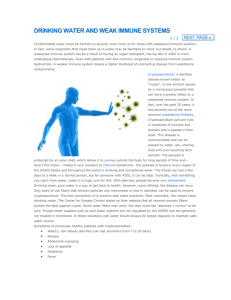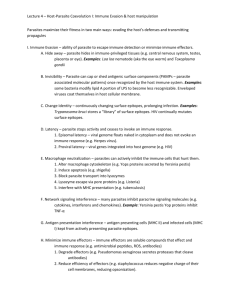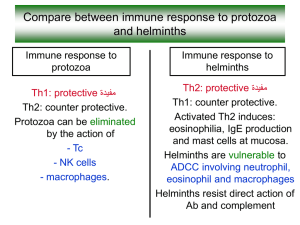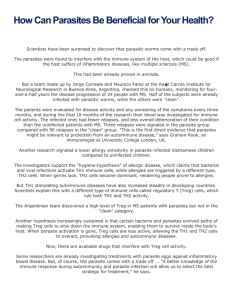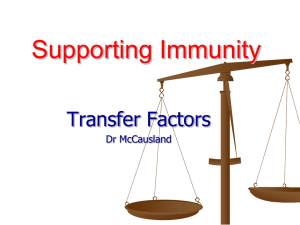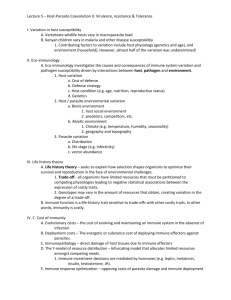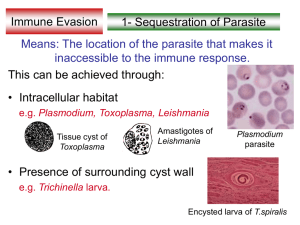abstract
advertisement
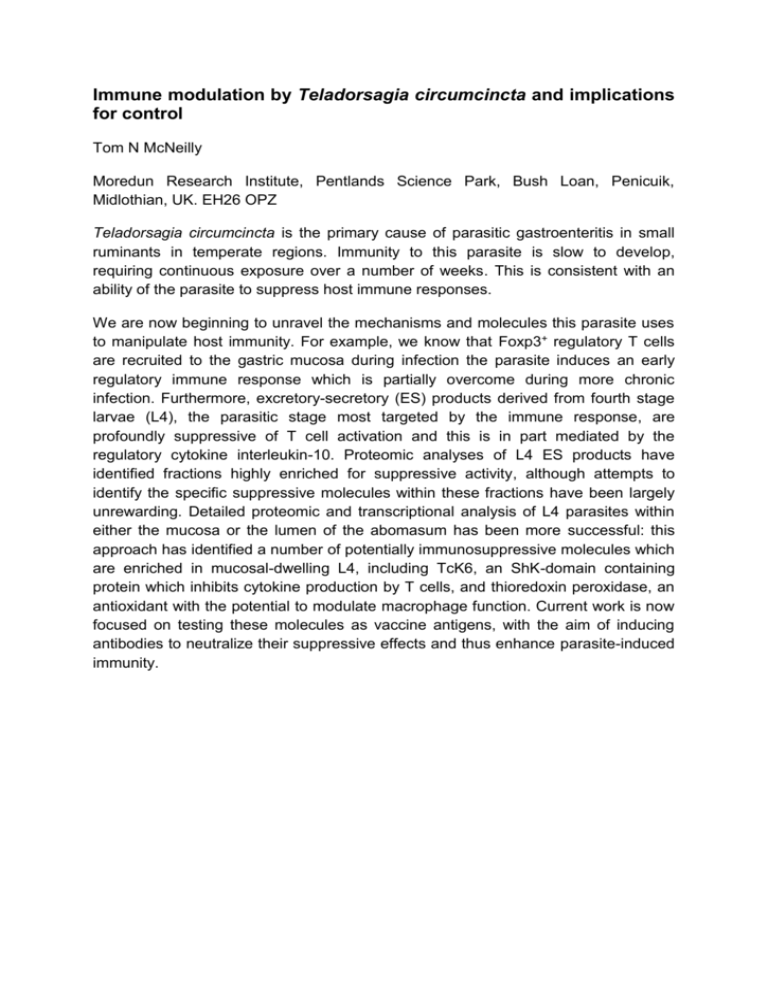
Immune modulation by Teladorsagia circumcincta and implications for control Tom N McNeilly Moredun Research Institute, Pentlands Science Park, Bush Loan, Penicuik, Midlothian, UK. EH26 OPZ Teladorsagia circumcincta is the primary cause of parasitic gastroenteritis in small ruminants in temperate regions. Immunity to this parasite is slow to develop, requiring continuous exposure over a number of weeks. This is consistent with an ability of the parasite to suppress host immune responses. We are now beginning to unravel the mechanisms and molecules this parasite uses to manipulate host immunity. For example, we know that Foxp3+ regulatory T cells are recruited to the gastric mucosa during infection the parasite induces an early regulatory immune response which is partially overcome during more chronic infection. Furthermore, excretory-secretory (ES) products derived from fourth stage larvae (L4), the parasitic stage most targeted by the immune response, are profoundly suppressive of T cell activation and this is in part mediated by the regulatory cytokine interleukin-10. Proteomic analyses of L4 ES products have identified fractions highly enriched for suppressive activity, although attempts to identify the specific suppressive molecules within these fractions have been largely unrewarding. Detailed proteomic and transcriptional analysis of L4 parasites within either the mucosa or the lumen of the abomasum has been more successful: this approach has identified a number of potentially immunosuppressive molecules which are enriched in mucosal-dwelling L4, including TcK6, an ShK-domain containing protein which inhibits cytokine production by T cells, and thioredoxin peroxidase, an antioxidant with the potential to modulate macrophage function. Current work is now focused on testing these molecules as vaccine antigens, with the aim of inducing antibodies to neutralize their suppressive effects and thus enhance parasite-induced immunity.
